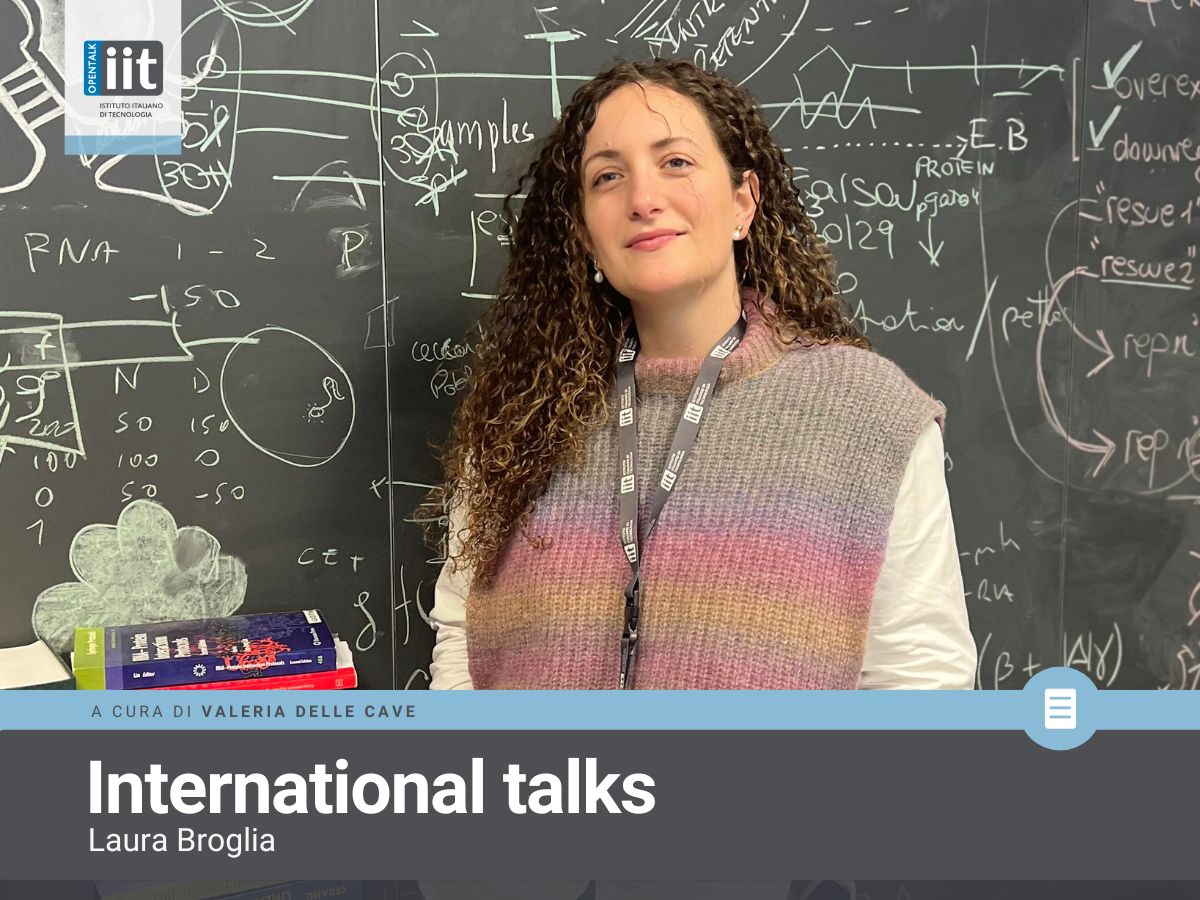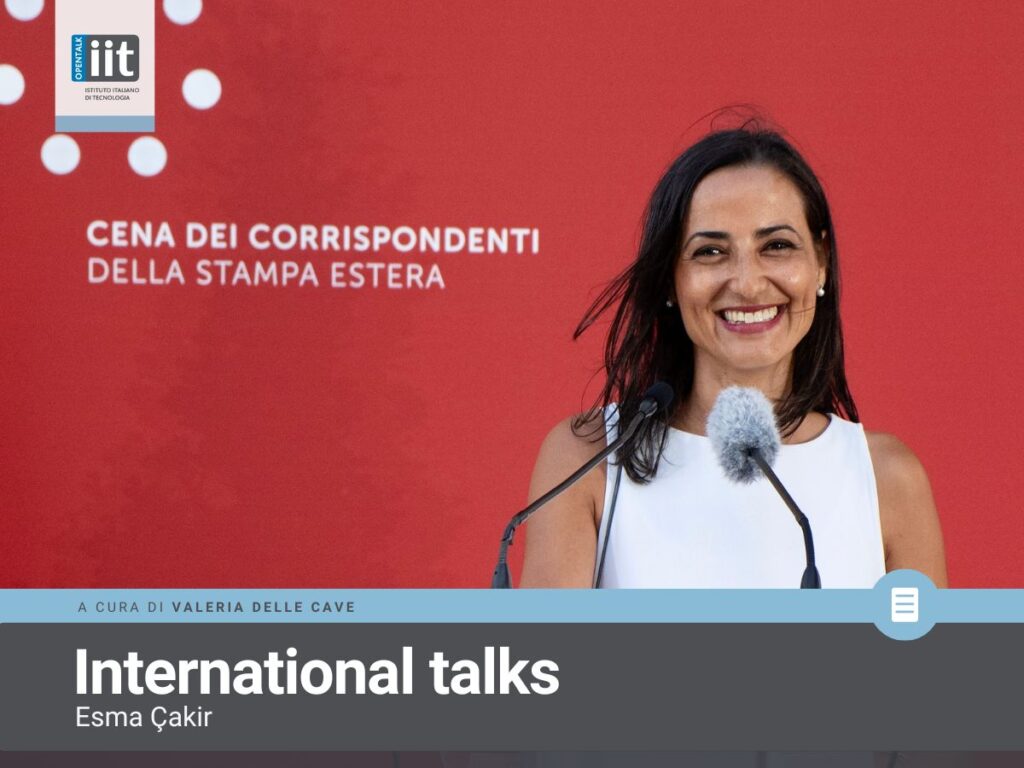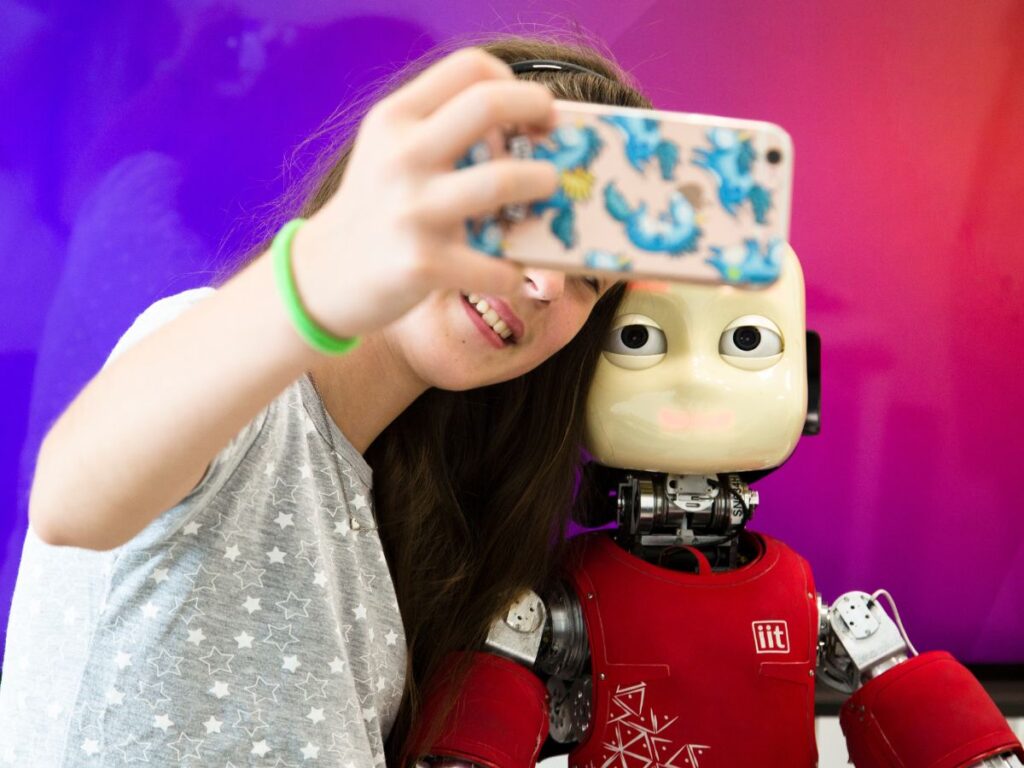“Because he believed in women”
I’m a scientist because of the greatest classes of a Professor, his enthusiasm, youth, confidence, and mainly because he believed in women.
In the last 15 years, I have been living and working between Portugal, the US, and Italy. Throughout these years I survived to the Ike hurricane, missed my family and friends, followed dreams, worked in 3 different research areas, and changed between the hard and collaborative work at the bench site in laboratories to the lonely work of thinking and writing at a desk.
In 1993, Langer and Vacanti published in Science magazine a new concept, Tissue Engineering, an ear in the back of nude mice. With a biology background, I started my doctoral work at the 3B’s Research Group – University of Minho in Portugal with Rui Reis and at Rice University in the USA with Antonios Mikos, both of them Members of the National Academy of Engineering. During those years, being a Ph.D. student within the network of Excellence of the European Commission — EXPERTISSUES—, I created a stimulus responsive scaffolds/cell constructs for bone tissue engineering applications. Instead of substitute, tissue engineering aims to regenerate. Based on that, I started from developing novel natural-origin biomaterials from corn starch and chitosan (a polymer obtained from seafood and insects) totally biodegradable, simulated the dynamic conditions of the bone using flow perfusion bioreactors, used bone marrow stromal cells to differentiate them in bone-like cells, and finally, implanted them in rats. During my Ph.D., my work was selected several times for podium presentation in the most important conferences in the field of Biomaterials, Tissue Engineering and Regenerative Medicine and I traveled around the world including Lausanne, Memphis, Shanghai, Pittsburg, and San Diego.
In the XXI century, the discovery and the development of conductive polymers (2000) and the so-called induced pluripotent stem cells (iPSCs) – immature cells capable of developing into all tissues of the body (2012) was awarded with Nobel Prize in Chemistry and Medicine, respectively. After my Ph.D. in Biomedical Engineering, I wrote a project based on this aforementioned concepts and I earned a 6 years postdoctoral fellowship from Portuguese Foundation for Science and Technology to develop my project at the 3B’s Research Group, University of Minho and at Columbia University, New York, USA (with Gordana Vunjak-Novakovic). The project involved the development of electroconductive biomaterials, the differentiation of iPSCs in heart cells (cardiomyocytes) and their use for cardiac disorders and rare diseases.
In 2018, I decided to apply to the MINDED program coordinated by Paolo Decuzzi mainly because it is a prestigiousMarie Skłodowska-Curie COFUND Action. Fortunately, I was selected to work at the IIT in Genova. For the last two years as a Marie Curie researcher, I have been working on a project involving the use of microfluidic chips, cells from the brain, tracking of nanoparticles and novel therapeutic compounds for cancer therapy as well as neurodevelopmental disease applications. I have been very happy to work at the IIT, with outstanding headquarters, instruments and staff, an eclectic atmosphere, and people from different countries and fields.
Outside of work, I have been also able to discover the superb Italian Riviera, to wake up daily with the magnificent view of Genova’s port and the different blues/greens of the Mediterranean sea, to discover new restaurants and savor the treasures of Italian food and wine. Notwithstanding, I am a passionate, curious, and addicted reader of fiction and biographies. I am also a constant traveler and a fond visitor of museums. It is a great honor to be a research fellow of MINDED program, a Marie Skłodowska-Curie COFUND Action, a pioneer scientist and the first and unique woman to win two Nobel Prizes of Physics (in recognition of her work on the radiation phenomena) and Chemistry (for the discovery of the elements radium and polonium). This program has given me the opportunity to grow as a scientist and to build an independent career in the city of Colombo, Paganini and Renzo Piano.
___
Ana Martins is a Researcher and Marie Sklodowska-Curie Cofund Fellow in the Laboratory of Nanotechnology for Precision Medicine at IIT’s central lab in Genova.
This project has received funding from the European Union’s Horizon 2020 research and innovation program under the Marie Skłodowska-Curie grant agreement No 754490.





